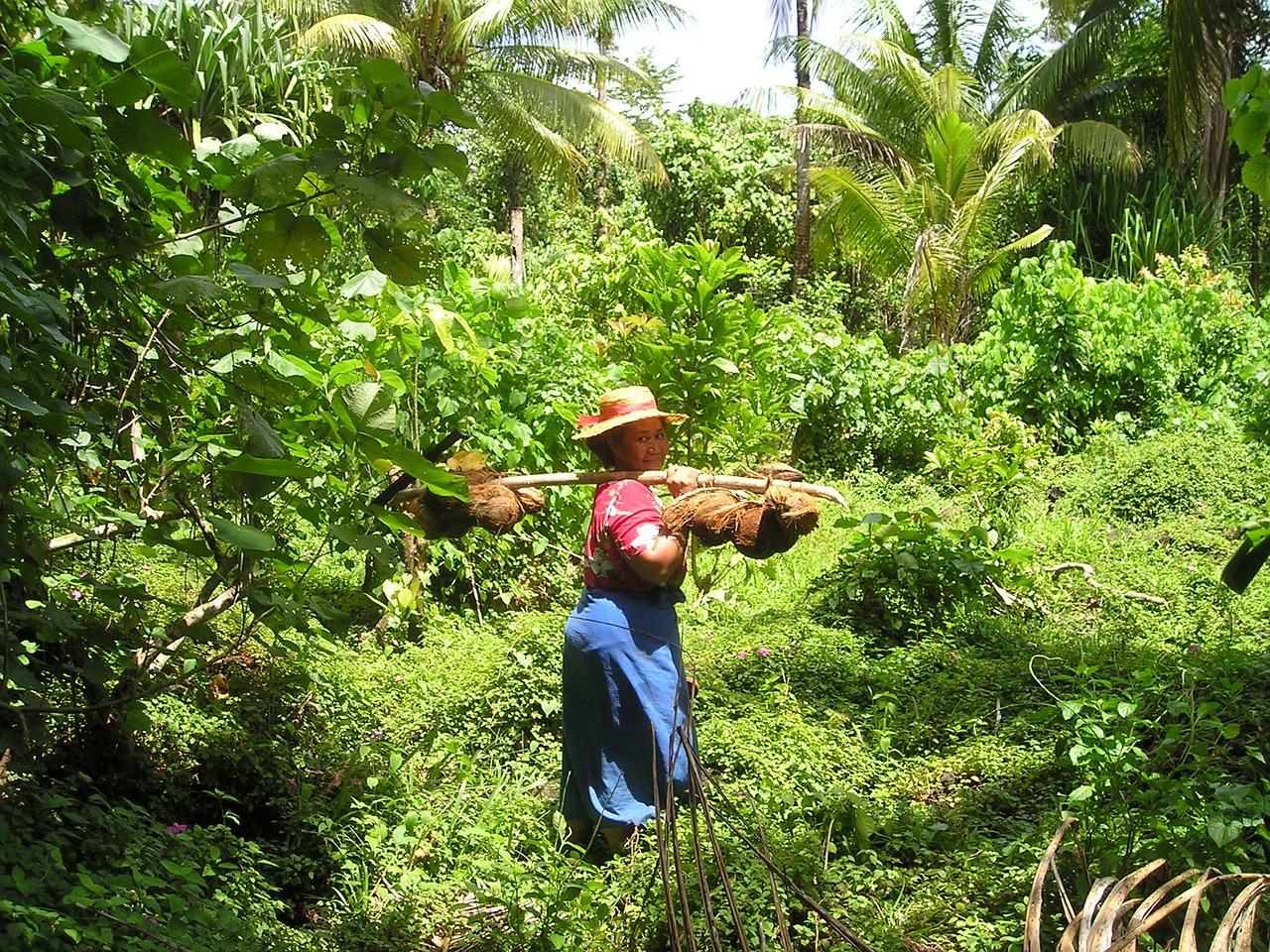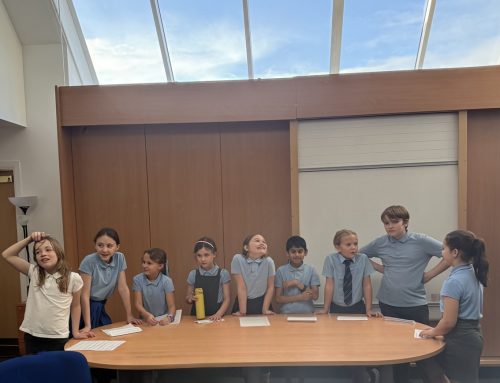In the spirit of this year’s Scottish Interfaith Week theme of ‘Storytelling’, Director of Interfaith Scotland Maureen Sier vividly retells her experience of being Baha’i and moving to Samoa from Scotland in 1997 with her husband and young children.
From Glasgow to community living in Samoa
I remember vividly our first few weeks in Samoa. My husband Nick and I moved to Samoa with our two youngest children, Tom and Zoe, in 1997. Everything was new, strangely exhilarating, vibrant and different. We lived in a local Samoan village called Faatoia on the outskirts of the main town of Apia. Most of the people in our part of the village were Baha’is so we immediately knew we would have something in common. Our faith tradition may have been the same, but our cultures were very different. The first thing that really hit us was how communal everything was, and that privacy was kind of a foreign concept. In Samoa, if someone seeks solitude they are thought of as unwell or Musa (simply unwilling to do something).
Within a couple of weeks, I caught Dengue Fever and the local village healer promptly arrived with an entourage of villagers and a bucket of green slime. She proceeded to publicly cover my aching body in the green slime (which turned out to be liquidised Lau Pele leaves) and there was very little I could do to protest. Experiencing true communal living, where almost every waking minute is in the company of another human being can feel exhausting but also comforting and in the early months I would swing between loving and hating our lack of privacy.
Tusi Tala – The Scottish storyteller in Samoa
In Samoa you are encouraged to ‘Talo Faasolo – listen to our stories’. To know Samoa is to hear its stories. “According to Samoan mythology and legends, its people descended from the gods and heavens to inhabit these tropical Pacific islands. Many of Samoa’s ancient stories are told through dance and music, art, crafts and traditional tattoos. They are also told through the artefacts in Samoa’s museums.” (Beautiful Samoa)
One of the most beautiful museums and gardens in Samoa is home to the artefacts and remains of a famous Scottish Storyteller, Robert Louis Stevenson. Stevenson arrived in Samoa in 1889 and immediately fell in love with the place and the people.
In Samoa he is knows as ‘Tusi Tala’ (The teller of tales) and much of Stevenson’s time in Samoa was spent gathering Samoan stories in exchange for his own. Feeling very much at home in Samoa, Stevenson bought land at Vailima, and eventually died there aged just 44 (in 1894).
When he died local Samoans insisted on surrounding his body with a watch-guard during the night and on bearing him on their shoulders to nearby Mount Vaea, where they buried him on a spot overlooking the sea.
Mount Vaea was one of my two favourite spots on the island, the other being the Baha’i Temple at Tiapapata; both are surrounded by exquisite, breath-taking natural beauty, and as I write this, I remember vividly the sense of the sacred that they evoked in me.
Stevenson wrote the Requiem that is inscribed on his tomb:
Under the wide and starry sky,
Dig the grave and let me lie.
Glad did I live and gladly die,
And I laid me down with a will.
This be the verse you grave for me:
Here he lies where he longed to be;
Home is the sailor, home from sea,
And the hunter home from the hill.
The requiem appears on the eastern side of the grave. On the western side the biblical passage of Ruth 1:16-17 is inscribed:
Whither thou goest, I will go; and where thou lodgest, I will lodge:
And thy people shall be my people, and thy God shall be my God:
Where thou diest will I die, and there will I be buried.
Sharing Stories for Scottish Interfaith Week 2022
We will be sharing stories from our team, board members and friends in the lead up to Scottish Interfaith Week 2022.
If you have any stories you would like to share, please send an email to info@scottishinterfaithweek.org.
We would love to share your story.





